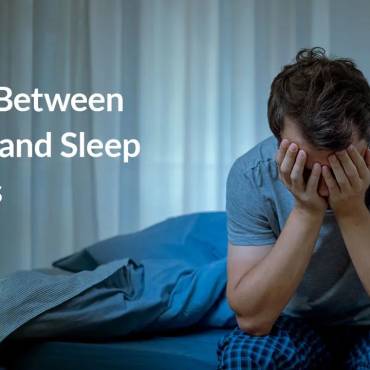Migraines are defined as painful headaches that occur again and again. These headaches are accompanied by nausea and other symptoms. The pain caused by a migraine headache can last for hours or even days.
There are no causes of the migraines. It is believed that they are a result of an abnormal activity in the brain, which can affect the chemicals and blood vessels in the brain. It also has a great impact on the way nerves communicate. Genetics may make a migraine patient more sensitive to the triggers that can cause migraines.
Migraine treatment & Some Lifestyle alterations for a migraine
Currently, there is no single cure for the extreme pain caused by the migraines. The aim of the treatment is to prevent a full-blown attack and removing the symptoms that occur.
There are natural ways to reduce the severity and duration of a migraine. Here are some lifestyle changes that might help reduce the frequency of migraines. These include:
- Drinking plenty of water
- Getting enough sleep
- Avoiding certain foods
- Regular physical exercise
- Reducing stress
In some people a gluten-free can help; it can do wonders when it comes to treating migraine.
Exercise is believed to be the best way to reduce the intensity and frequency of headaches and migraine. When you exercise, your body releases endorphins, which are known as the body’s natural painkillers. Regular exercise can help reduce stress and also supports your system when you sleep, which means you get an adequate amount of sleep. According to the research studies, stress and inadequate sleep are two migraines triggers. Sometimes exercise can cause a headache and migraines. Buy Anti-Migraine product online at a discounted price. Visit alldaychemist.com to get maximum offers on Anti-migraine products online.
When following an exercising plan, stick to it to prevent headaches:
- Hydration plays a significant role when it comes to preventing headaches. So it is important to stay hydrated, especially before, during, and after exercise. Ensure that your mouth is not dry and when you sweat. If you are thirsty, that is a sign that you have a substantial fluid deficit and may trigger a migraine. If you do not sweat when you are exercising at a moderate to vigorous level, it is a sign of dehydration.
- The next step of the exercise plan is to eat sufficient and healthy food about half an hour and a half before you exercise. Exercise causes one’s blood sugar level to decrease, and it is important to have a source of energy. Foods with proteins, such as a protein bar or nuts, are good snacks prior to exercise.
- The final part of the exercise plan is to warm-up. Do not jump into sudden, vigorous exercise if that triggers a headache or a migraine.
An exercise plan should include the following elements to improve health and reduce the frequency of migraines:
- Cardio-respiratory endurance
- Muscular strength and endurance
- Flexibility
Exercise has following benefits which lead to a reduction in intensity and frequency of migraines:
- Enhance your mood to make you feel lively
- Decrease your sensitivity to the throbbing pain caused by a migraine headache because exercise releases endorphins- the feel-good hormones
- Promote a healthy sleep pattern, which lowers the stress levels
Different exercises to do for migraines and headaches:
- Walking, swimming and biking are a great form of aerobic exercise and help reduce the frequency and severity of migraines.
- Exercise, meditation, deep breathing, and other relaxation techniques can ease your mind and your pain. These activities work by helping you focus on the present moment as well as helping you foster a positive attitude.
- Yoga poses and other types of stretching exercise are extremely beneficial in reducing muscle tightness and tension in the head, neck as well as shoulders. This is important because when these muscles are tight, and it can make migraine symptoms worse.
Precaution to take while doing exercise:
- Have a healthy posture- poor posture can worsen the condition, so do the exercise properly following the right way of doing them.
- Limit high impact exercise- do high impact exercise in a limited intensity as it can increase the pain.
- Make a plan for your exercise so that you can follow it properly and you don’t even miss the routines.



